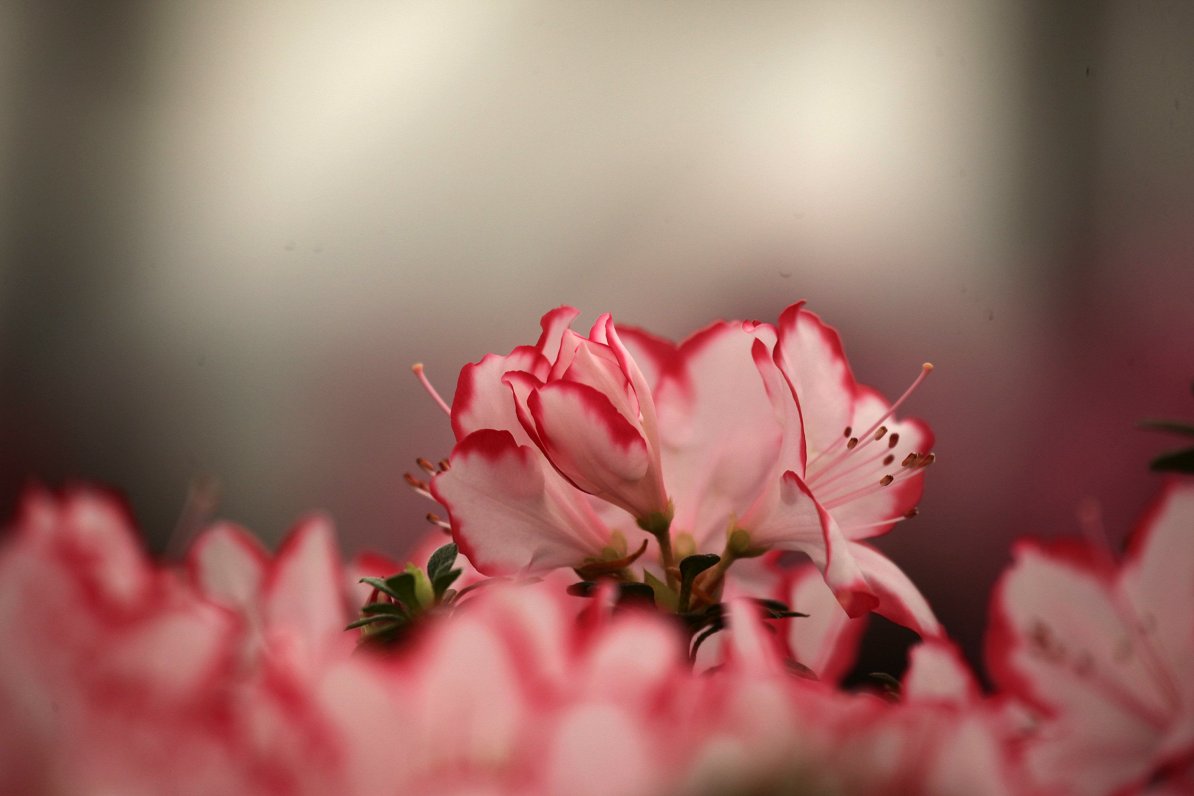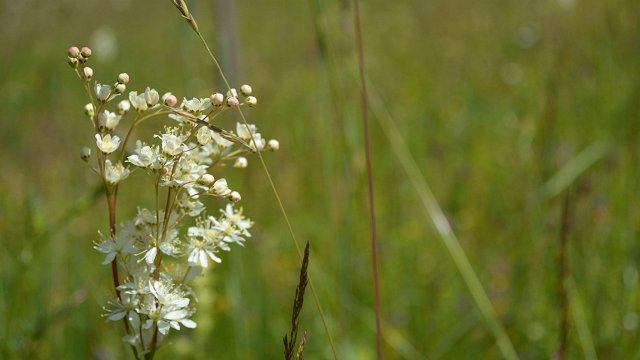Azaleas, which are oriental plants, were first brought into Europe in the 17th century, while the first breeds were created in 1820. The name comes from the Greek for dry, with the association perhaps explained that the shrub looks quite withered prior to flowering.
Gardener Jānis Juzupovičs was the first person in Latvia to grow azaleas as an indoor plant. The culture flowered in the 1950s when gardeners at Tukums, Carnikava, Jelgava, Ventspils and elsewhere started growing the plant en masse in their greenhouses.
Even though azaleas are basically rhododendrons, they require air temperatures of 0 to 15 degrees Celsius. If possible, the air temperature around these plants should be maintained at 0 to 8C.
Store-bough azaleas shouldn't be kept indoors as the air is too dry and the temperature too high. Good places to put them include greenhouses, winter gardens and non-heated premises. They like indirect sunlight. The oldest specimens can survive for up to 200 years.
While most azaleas don't have a scent, there are seven fragrant breeds at the Botanical Garden of the University of Latvia.
A collection of azaleas was first created at the botanical garden in the 1930s with plants bought in Germany. It was, however, almost completely destroyed during the war as more attention was paid to rescue, say, the palm house. In 1956, plant breeder and erstwhile director of the garden, Rihards Kondratovičs, created the current collection, now under the supervision of Skaidrīte Matisone.
The university now has azaleas of 130 varieties from across the world, including Latvia. Most of the plants were bred during the interbellum. It is the only collection of azaleas in the Baltics and one of the largest in Europe, behind the collection in Bremen. In addition to growing the collection, breeding was started here in the 1970s.
It takes about 15 years to create a new breed of azaleas. While currently no new varieties are being selected in Latvia, breeders are still active in Germany, the US and Canada.
Rihards Kondratovičs has created a number of new varieties. He authored the Sister Kerija (Māsa Kerija) breed, somewhat of a late bloomer with white, red-dappled flowers of a diameter of 7.5 cm. The Ilva variety is in flower from February to March and has carmine flowers the form of a funnel. The Kārlis Sūniņš breed has no characteristic spots inside the white flower. Kondratovičs also authored many varieties with smaller flowers, such as Laima, The Little Purple Star (Violetā zvaigznīte) and others.
Gardener Kārlis Bauers deserves a mention as well, having become a breeder in 1958. He authored the Pearl of Tukums (Tukuma pērle) variety, along with Ieva-Aldis and the Red Amber (Sārtais dzintars).




























